Why go to a museum? What could possibly motivate such a move? A visit to the museum is an encounter with our heritage. But what makes this approach work or not? What are we looking for? Escapism, a change of scenery, answers… Is it for the storytelling or for the compelling need to return to one’s roots? Is it to find yourself immersed in a world, an atmosphere where pleasure and emotions are the order of the day?
Visiting a museum often means wandering through prestigious and lesser-known sites, moving from room to room at a regulated speed, as visitors are obliged to do, opening your eyes and sometimes your ears wide in a state of calm and contemplation in keeping with the heritage of which it is composed. Along the way, you’ll be inundated, if not drowned, by an abundance of objects, most of them uprooted from their context and history, which you’ll need to tame and understand in record time – that’s the challenge. It’s a tough schedule to keep up without your brain going into autopilot mode at some point, overwhelmed by so many demands.
An excessive and reductive scenario, I grant you, but one so full of real-life truths for a large number of visitors. So you say!
There are many reasons for this, including education, socio-professional level, place of residence, interests, lifestyle habits… In other words, whether it’s out of curiosity, to spend a moment in the warmth, to be impressed or shocked, to be inspired, to enjoy the air-conditioning, to get away from the usual routine, to learn and understand, to imagine, to be moved or to exchange with friends on subjects that connect you and make you experience moments of sharing, … All of these reasons are equally valid, and show, if proof were needed, a diversity of approaches that we must be enthusiastic about, and consider at their true value when imagining and proposing strong experiential devices, to make the museum attractive to a wide spectrum of audiences and meet new needs. How do you do it? First of all, by arousing curiosity, of course.
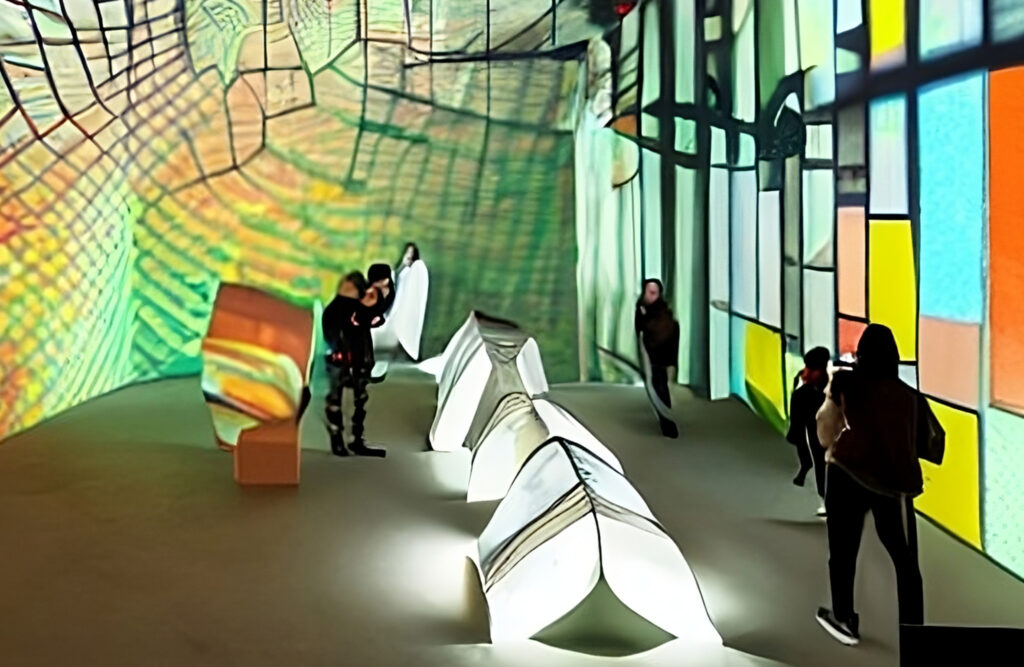
A powerful driving force in development, curiosity takes children on daily adventures that lead them to discover, experiment, succeed, fail, try again and test to better understand their environment. Even if you think you’ve lost it, it’s still there, lurking inside you, ready to pounce. All he needs is an opportunity. You know, it’s that multi-faceted curiosity that drives you to play, to look for clues, to learn, to laugh, to marvel and even to get excited about something as simple as an important discovery. This curiosity reconnects and reconciles you with your childlike soul. It’s a source of pleasure, stimulation, invention, imagination and knowledge of yourself and others. It must be nurtured and developed like a precious commodity.
A place traditionally devoted to knowledge, the museum becomes a destination when it inspires you to go and see what’s behind its doors, and offers you an experiential journey combining the pleasure of discovery and the acquisition of knowledge. So your inquisitive mind is in command when faced with devices on which you must act and reveal what has been hidden from you. Hiding in order to show is an essential lever for creating stimulating situations. A work of art can unfold as you take action. Touch can anticipate vision and let your imagination wander, just as sound can define a first approach in a sound tour. An artist like Christo based part of his work on this principle. (photo: Pont neuf packaging)
Doors, hatches, concealments, sensory boxes, directed lighting, interactive digital screens, etc. are all devices that stimulate curiosity.
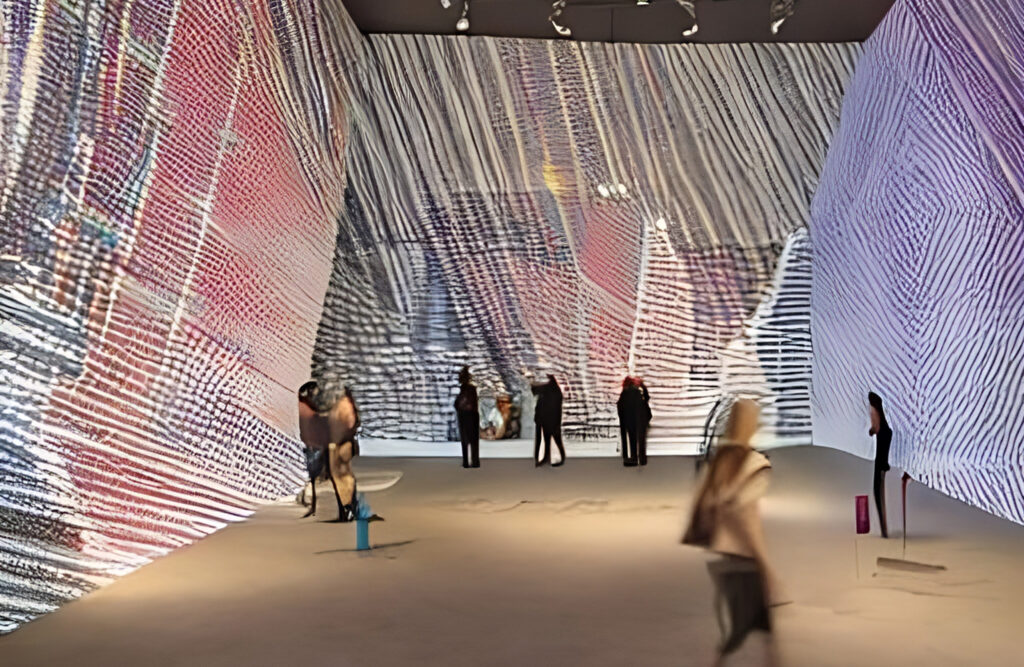
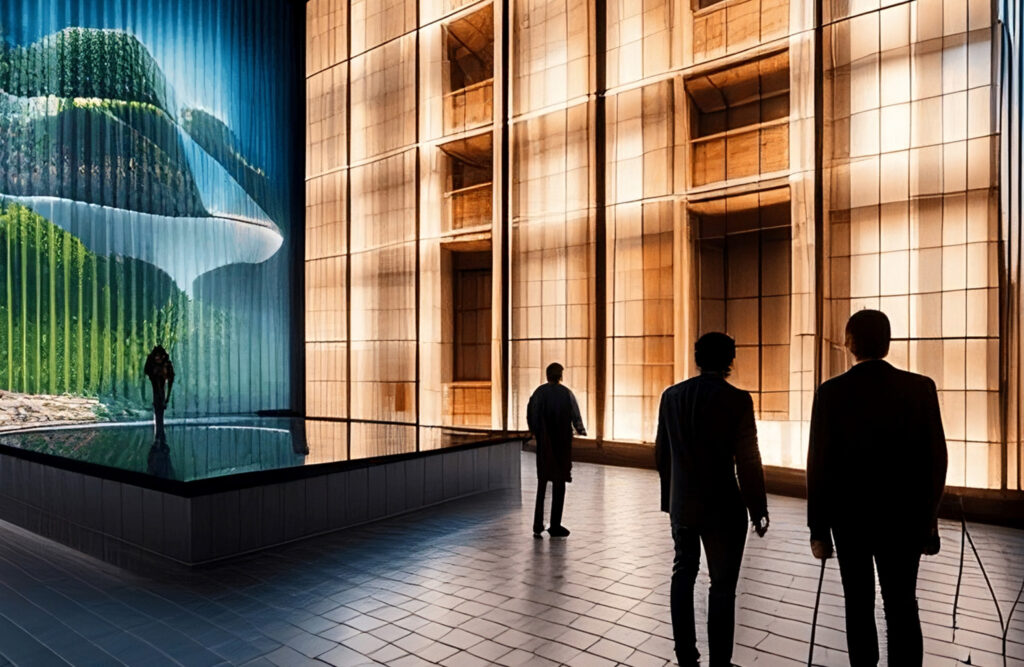
Emotions, complex and intense psychophysiological experiences, are powerful triggers for your cognitive mechanisms such as perception, attention and memory. They correspond to a change in the way your organization operates in response to an external or internal event.
A range of emotions at your disposal, from joy, sadness, fear and surprise to disgust, contempt and interest, the emotion that fosters knowledge, motivates you to explore the new and facilitates your learning.
Novelty/originality, complexity and understanding are the essential ingredients of a good museum recipe, with a subtle dose of each to ensure that it fulfills its mission of arousing interest.
To reach the emotional sphere and touch you, it’s possible to set up devices that encourage identification, and share singular, authentic experiences with you.
Whether art museums, history and archaeology museums, natural science museums, technical museums or ethnographic museums, they all evoke our origins and shed light on our collective heritage. Interactive mirror screens (augmented reality) let you try on the clothes of your ancestors, while interactive picture walls provide access to archive banks (postcards, engravings, paintings, photographs, videos) supplemented by written documents, explanatory diagrams and sound. (cleveland wall ) Models, 3D images, virtual and augmented reality reconstruct vanished eras.
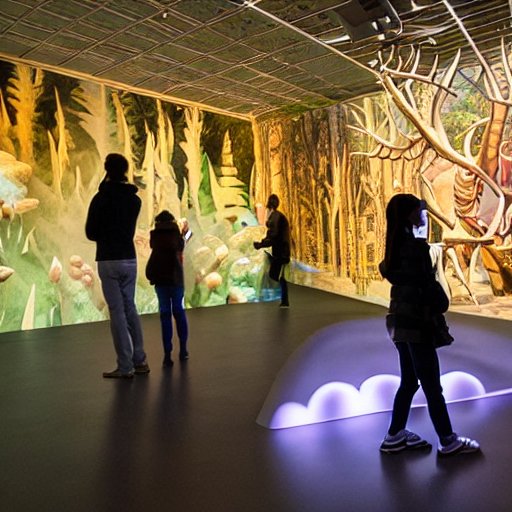
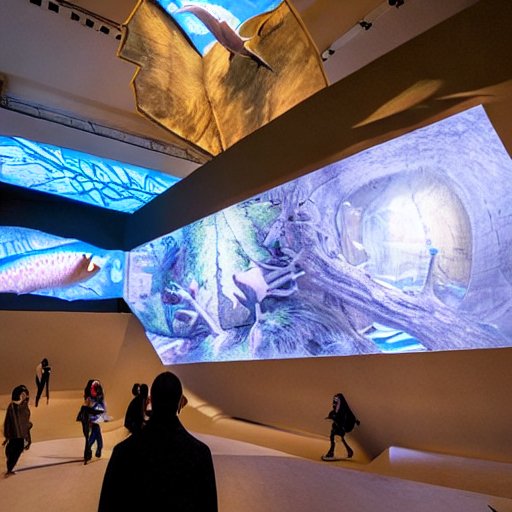
For decades, cognitive science has seen the arrival of a new discipline, embodied cognition, which re-evaluates the role of the senses and reformulates cognition as a biological phenomenon involving the whole body. In other words, we learn not just with our brains, but with our senses and the whole body, even though our Western culture has privileged the visual in the museum experience as a vehicle for acquiring knowledge.
User-oriented, the museum becomes a place of memorable and moving experiences, where the senses are challenged to attract, arouse curiosity, amuse, fill with wonder and help visitors understand.
Offer an experience in which visitors are invited to touch and feel, to discover the work blindfolded, gloved, in semi-darkness… guided by sounds and smells, or invited to move around, to remain static, barefoot… all situations in which their senses complement their perception and understanding.
It’s pretty clear by now that people who want to visit an exhibition or discover a museum want to have a captivating experience, and welcome the idea of being told a story. This is where the field of storytelling comes into its own when combined with digital technologies. It captivates and holds attention, marks and arouses emotions, helps to understand, transmits collective memory, reassures and gives confidence.
Historical re-enactments, actors, video mapping and video projection, video games (assassin creed), video documentaries – there are plenty of ways to take visitors on a narrative spiral as they encounter great events.
For the experience to be a positive one, it’s not simply a matter of accumulating all the possibilities mentioned in this article, because the real work will consist of determining the relevant elements according to the various parameters presiding over the realization of a museum event or a traveling or permanent exhibition.
Get in touch and talk about it over coffee!
Directeur de la communication